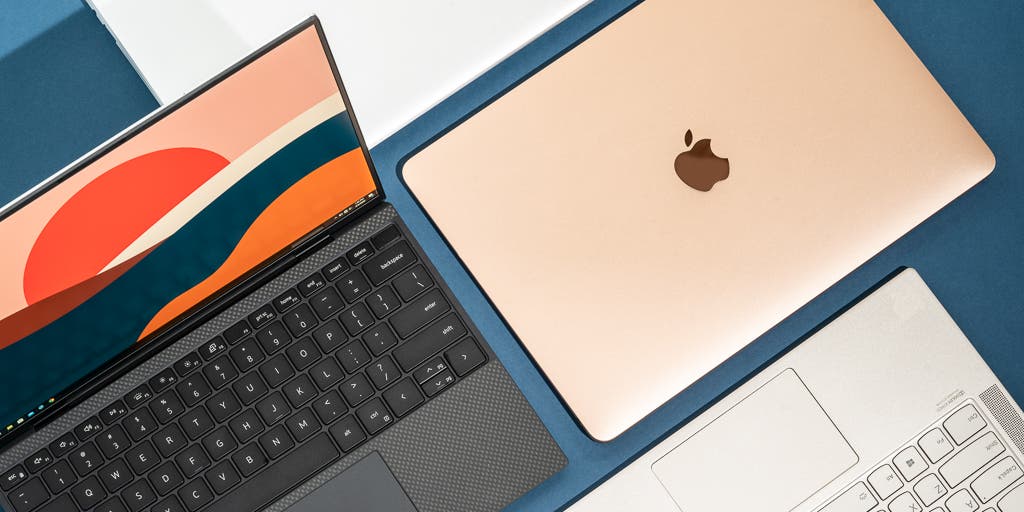Laptops have a wider variety of capabilities than desktop computers and cost more. The price increases with processing power, standby time, the size of the hard drive, and other features, because they have many more features that affect the way they work and how long their battery lasts. For example, desktops use less energy for processing, so you can expect why are laptops more expensive than desktops. Manufacturers will have to invest in the right equipment and focus on shrinking the size of their devices if they want to keep costs low. Desktop computers may be less expensive by reducing multiple-core processing and certain other features. Conversely, laptop computers are pricey because of increased manufacturing costs. Because they’re more compact than desktops, so the technology within them must be both portable and power-efficient. With all of this in mind, let’s take a look at some factors that determine why are laptops more expensive than desktops

Here are some Features that make laptops more expensive than computers:
Motherboards:
In order to make laptops slim and lightweight, the motherboard of a laptop must contain core components that are designed to be small and occupy up much less space than those included on a desktop microprocessor. The whole point of a compact laptop is that you don’t have to lug around a giant thing. Unfortunately, a small notebook processor will make the design of the laptop more difficult, because electronics are cozier in bigger spaces.
Furthermore, the insulation of the equipment must be considered. Adding a thermal aspect and functionality will also be important to consider.
It’s important to know that there are plenty of options. Selecting the right equipment will get you a machine that has a large enough area and is cost-effective. In addition, there are several different components that make up the motherboard, so it’s critical to have them well-designed when making your choice.

Ports:
The laptop’s primary feature is its two-in-one design that can fold back to tablet mode. You can quickly move it around and take it with you without worrying about the interface, storage, and connectivity of the laptop. Desktop computers, because of their size and inability to move around on their own, are restricted to a central point.
Laptops may be smaller than desktop PCs, but they are still just as powerful. Plus, people tend to bring laptops with them everywhere they go – whether they’re on vacation or on a business trip. Laptops are always functional and never feel restricted. Fortunately, when manufacturers design products for travel, it’s in their best interest to never sacrifice looks for size. For example, they might reduce the thickness of their product without sacrificing usability.

Graphics Cards:
The computer gaming industry is huge and continues to grow year after year. A laptop-integrated graphics card has improved in quality and is a viable option for those who don’t want to buy a personal gaming computer. On the other hand, this will come at a higher cost. Computers with a graphics chipset have more restrictive requirements than computers without one. A graphics chip requires a motherboard and other expensive technology that drives up the price of the computer, which is why are laptops more expensive than desktops.

RAM:
Random access memory (RAM), which is sometimes also abbreviated as DIMM memory, is used in desktop computers. It’s too big to be used in laptops, however, so laptop computers use small form-factor DIMM (SODIMM) RAM. Though the cost difference isn’t huge.

Cooling Fan:
When a laptop is powered on, you might find the cooling fan running almost constantly. This is because computers need ventilation to produce the airflow needed for their internal components to function correctly. This hardware prevents the machine from overheating and protects the delicate components. Plus, the computer will run more efficiently, so it lasts longer before needs replacement.
Thermal accumulation can lead to hardware failure. Furthermore, the cooling system needs to be of adequate capacity to resist heat. Because smaller form factor of the portable motherboard means that fans can be much shorter than on desktop models, which increases production costs. Designing better heat sinks and blowing assembly is costly too.

Hard Disk Drive:
SSD hard drives were an industry game-changer in terms of both performance and longevity. They allowed people to step out of the cable mess that hard drives usually created. However, they also have less storage space and functionality than desktop PC. Nonetheless, they are still a significant upgrade over previous models.

Battery Power:
A laptop’s biggest advantage over a desktop computer is its battery life. A laptop can last for many hours without being plugged into such an external energy source as a power-hungry desktop computer, which is always plugged in with a power cable. Laptops are more expensive because they’re portable and can therefore be used anywhere: in the office, at home, while traveling, etc. Laptops have the added advantage of being able to be hooked up to a power source whenever needed. Laptop computers are just as powerful as desktop computers; however, they don’t require a large battery capacity since they can be used through a charger or powered cables.

Conclusion:
If you’re ever wondering whether a laptop is more expensive than a desktop, this guide will cover everything you need to know. Both Desktops and laptops are great devices in their own way. However, modern laptops are more popular these days because of their design and power efficacy. Despite this, it’s worth mentioning that there is still an upside to having both gadgets. The aspects outlined beforehand affect the economy of the devices, as well as other factors.
